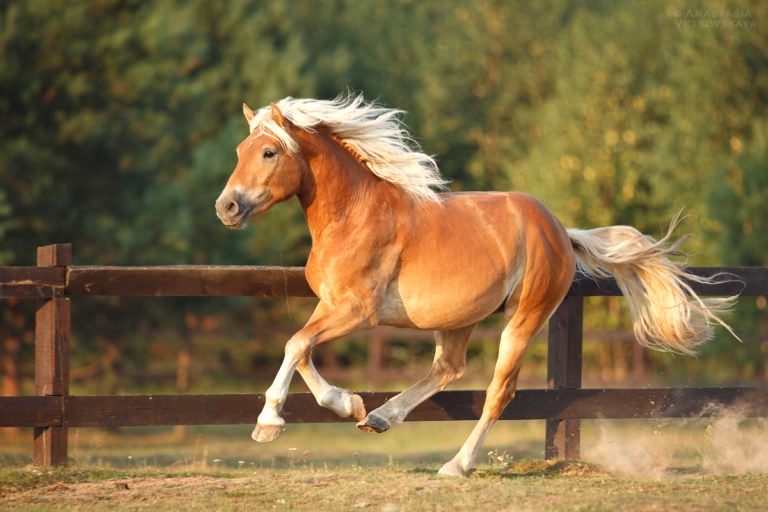Horse owners and enthusiasts alike have long been fascinated with these intelligent and majestic creatures. Whether you’re a novice or an experienced horseperson, you want to ensure that any horse you own or purchase is a good one. But how do you know a good horse when you see one? This comprehensive guide will provide you with the knowledge you need to confidently identify a good horse.
Characteristics of a Good Horse
The most reliable way to identify a good horse is to look for certain characteristics. These characteristics can tell you a lot about the horse’s temperament, conformation, and health.
Subheading 1: Temperament
The first thing to look for in a horse is its temperament. A good horse should be curious, friendly, and willing to learn. They should also have a good attitude towards handling and riding. As you observe the horse, look for signs of a calm and confident demeanor.
Subheading 2: Conformation
The next thing to look for is the horse’s conformation. A good horse should have a balanced, symmetrical body with a strong, straight back and strong legs. The horse’s legs should be clean and free of scars or blemishes, and the hooves should be in good condition. When looking at the horse’s head, make sure the eyes, ears, and nostrils are all in proportion.
Subheading 3: Health
It’s also important to assess the horse’s health. A good horse should have a healthy coat and muscle tone, and the skin should be free of any wounds or sores. The horse’s teeth should be in good condition and the gums should be pink and healthy. Additionally, the horse should not have any signs of lameness or other health problems.
Subheading 4: Movement
Another important factor to consider is the horse’s movement. A good horse should have a smooth, balanced, and fluid movement. They should be able to move at various gaits and easily transition between them. When observing the horse’s movement, look for signs of stiffness, unevenness, or difficulty transitioning.
Subheading 5: Training
The horse’s training is also an important factor to consider. A good horse should have a basic understanding of commands and be easy to work with. They should also be responsive to their rider and have a good attitude towards training. If possible, observe the horse during a training session to get a better idea of their behavior and responsiveness.
Subheading 6: Breeding
If the horse you’re looking at is registered, you should also take a look at its breeding. Good horses typically come from good bloodlines and have a history of producing good offspring. You should also consider the horse’s age, as younger horses are typically easier to train and work with.
Subheading 7: Health Records
It’s also important to look at the horse’s health records. If the horse is healthy and up to date on vaccinations and other preventative care, it’s a good sign. Additionally, it’s important to check for any past or current injuries or illnesses.
Subheading 8: Environment
When assessing a horse, it’s also important to look at their environment. A good horse should be kept in a clean, safe, and comfortable environment. They should have access to plenty of fresh water and hay, and the stall or pasture should be free of debris and other hazards.
Subheading 9: Rider Experience
If you’re planning to ride the horse, it’s important to consider your own experience level. A good horse should have a level of training that is appropriate for your experience. If you’re a novice rider, you should look for a horse that is well-trained and easy to work with. If you’re an experienced rider, you may be able to handle a more challenging horse.
Subheading 10: Professional Opinion
Finally, it’s always a good idea to get a professional opinion on the horse. A veterinarian or trainer can help you assess the horse’s health and temperament, and provide valuable insight into the horse’s suitability for your needs.
Conclusion
Identifying a good horse can be a daunting task, but it doesn’t have to be. By looking for certain characteristics and assessing the horse’s environment and training, you can confidently identify a good horse. It’s also important to get a professional opinion before making your decision. With the right knowledge and guidance, you can find the perfect horse for you.

